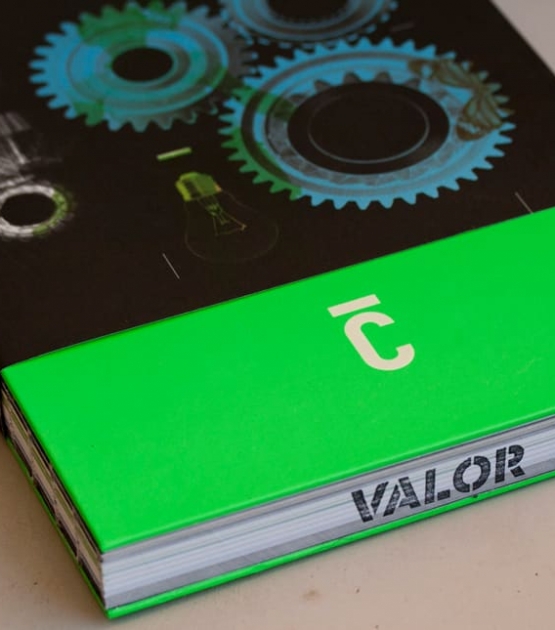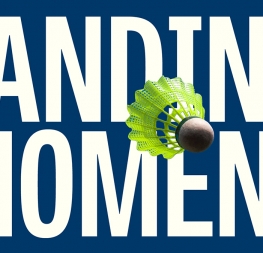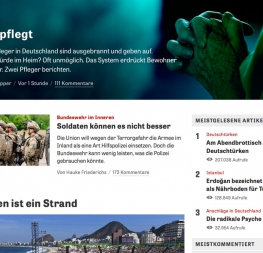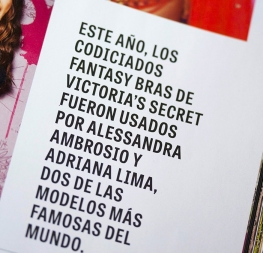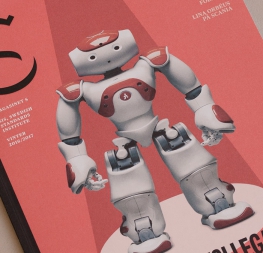A pleasing, comprehensive family for extensive editorial & branding use.
Graphic designers know well that the art of composing titles and paragraphs correctly is not easy, especially when it comes to publications needing both flexibility and graphic coherence amidst dense amounts of information. Tablet Gothic was engineered by Veronika Burian and José Scaglione for publications simultaneously released digitally and in print. As such, it is a grotesque sans serif that looks to the future of digital publishing with a clear understanding of its analogue history.
Tablet Gothic delivers the sturdy, straightforward, and clean appearance expected from a grotesque grounded in 19th century Britain and Germany, and allows itself a good measure of personality to stand out on the page. Its exhaustive 84 styles — six series of widths and seven weights in each series, plus matching obliques — guarantee that, whatever the need, there’s at least one Tablet Gothic style that performs well both technically and aesthetically. Its almost-vertical axis is one key allowing Tablet Gothic to come in a wide range of styles without losing its signature look. The Wide, Normal, and Narrow widths therefore produce a beautiful texture and highly readable text blocks at small sizes.
Many grotesque typefaces suffer in several ways. They often have unresolved or competing terminals, vertical emphasis, inexplicable stroke contrast, general clunkiness, a shortage of internal space in their heavier weights, and therefore lack fundamental movement through words. What at first is celebrated as their quirks are in fact a problem for readability because these qualities stop the eye at almost every letter. But set the word ‘gears’ in Tablet Gothic and notice the subtle line that angles up and to the right through an interplay of internal space and diagonal terminals. This quality pushes the reader’s eye through one sentence and on to the next, masterfully avoiding the previously mentioned pitfalls. It is particularly compelling in Tablet Gothic’s semibold and heavier weights since the terminals have more definition and are a large part of this visual propulsion.
Tablet Gothic’s flexibility and voice make it a solid progression from the clunky, tepid, or less readable grotesque typefaces that are chosen because they are safe. Tablet Gothic is better than safe; it is pleasing and comprehensive, making it perfect for branding or in long texts. Tablet Gothic’s character set covers well over 200 languages that use the Latin extended alphabet. Each style features ligatures, lining and tabular lining figures, arbitrary fractions, superiors/inferiors, and numerators/denominators. The complete Tablet Gothic family has been optimised for today’s varied screen uses, comes in the variable font format for infinite style options or as static OpenType styles, and can be purchased individually, by series, or as a complete bundle.
For the greatest and most professional impact, pair Tablet Gothic with its intended counterpart, Abril, the credible, contemporary interpretation of a classic newsface.
CREDITS
Lead design & concept
Veronika Burian
José Scaglione
Assistant type design
Tom Grace
Yorlmar Campos
Engineering
Joancarles Casasin
Quality assurance
Azza Alameddine
Tom Grace
Graphic design
Rabab Charafeddine
Felicia Priscillya
Elena Veguillas
Motion design
Cecilia Brarda
Copywriting
Joshua Farmer
Social media manager
Douglas Arellanes
